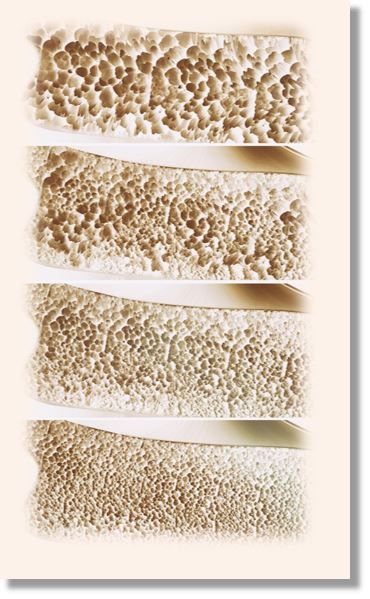- Clinical Technology
- Adult Immunization
- Hepatology
- Pediatric Immunization
- Screening
- Psychiatry
- Allergy
- Women's Health
- Cardiology
- Pediatrics
- Dermatology
- Endocrinology
- Pain Management
- Gastroenterology
- Infectious Disease
- Obesity Medicine
- Rheumatology
- Nephrology
- Neurology
- Pulmonology
Impact of Air Pollution on BMD Found Double that of Aging in Postmenopausal Women
Nitrous oxides were found to be the most damaging to bone architecture in the first study to look at the pollution-BMD association in postmenopausal women.
Among postmenopausal women, exposure to elevated levels of air pollution, particularly high levels of nitrous oxides (NO2), was associated with accelerated loss of bone mineral density (BMD), according to new research from investigators at Columbia University’s Mailman School of Public Health.

The researchers report that the lumbar spine was the site of greatest impact with effects linked to NO2 judged twice as damaging as those seen with normal aging. Moreover, the levels of NO2 found deleterious were below current national standards set by the US Environmental Protection Agency.
The findings, published online in eClinicalMedcine, are among the first to directly link NO2 and osteoporosis risk, the authors note.
The research team cites its previous work demonstrating the toll of long-term air pollution exposure in later life, including reduced BMD and increased rates of fracture. There are no prospective studies, however, examining the impact of criteria air pollutants and their mixtures on BMD in postmenopausal women in the US.
First author Diddier Prada, MD, PhD, associate research scientist in the Department of Environmental Health Sciences at Columbia Mailman School of Public Health, and colleagues thus set out to evaluate the effects of 4 criteria air pollutants and mixtures thereof on BMD in a large and highly diverse US cohort of postmenopausal women.
For the prospective observational study, the investigators tapped data from the Women’s Health Initiative Study (WHI), a highly ethnically diverse cohort of 168 808 postmenopausal women enrolled between September 1994 and December 1998.
Using geocoded participant addresses, investigators estimated daily mean concentrations of and exposure to 4 criteria air pollutants: PM10, NO, NO2, and SO2. Participants underwent BMD measurement (whole-body, total hip, femoral neck, and lumbar spine) via dual-energy X-ray absorptiometry at study enrollment and follow-up visits at years 1, 3, and 6.
At study enrollment, 9041 women had available BMD and long-term air pollution data, reflecting a total of 32 663 visits. Average age of the cohort was 63.3 years at baseline at the majority were White.
FINDINGS
The research team reports that all 4 pollutants assessed were cross sectionally and negatively associated with whole-body, total hip, femoral neck, and lumbar spine bone mineral density.
Bayesian kernel machine regression analysis of associations at different anatomical sites revealed that only NO2 was negatively associated with whole-body and lumbar spine BMD. Lumbar spine BMD decreased 0.026 (95% CI: 0.016, 0.036) g/cm2 /year per 10% increase in 3-year mean NO2concentration. The magnitude of the effect, authors explained, would amount to a 1.22% annual reduction in BMD—nearly double the effects of age on any of the anatomical sites evaluated.
The highest correlations across all the averaging periods assessed were for NO2 and NO, according to the findings. The lowest correlations were found between SO2 and PM10 and between SO2 and NO.
The magnitude of the effect, authors explained, would amount to a 1.22% annual reduction in BMD—nearly double the effects of age on any of the anatomical sites evaluated.
Proposed mechanisms
The investigators propose a number of mechanisms that may underly the effects of pollution on bone structure. There is evidence for an association between exposure to air pollution and increased levels of inflammatory mediators and markers of oxidative stress, they write, in addition to a range of other metabolic aberrations that can alter bone remodeling. Sources and types of pollutants as well as geographic locations and individual differences all will bear on the impact on any specific individual, they stress.
They conclude by calling for public health policies that reduced air pollution overall and that focus on nitrogen oxides exposure. Reduced exposures may reduce bone damage in postmenopausal women, prevent bone fractures, and reduce the health cost burden associated with osteoporosis in this population.
Reference: Prada D, Crandall CJ, Kupsco A, et al. Air pollution and decreased bone mineral density among Women's Health Initiative participants. EClinicalMedicine. 2023, 42, 101864. doi: 10.1016/j.eclinm.2023.101864.
